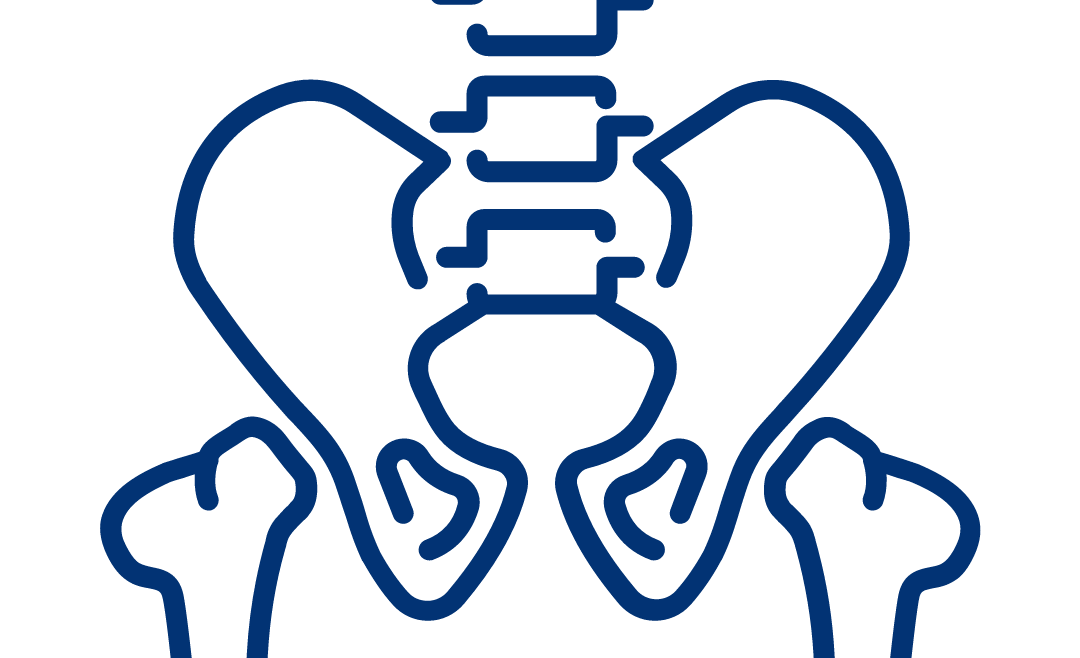| Hip revision surgery, is a procedure in which the surgeon removes a previously implanted artificial hip joint, or prosthesis, and replaces it with a new prosthesis.Hip revision surgery, is a procedure in which the surgeon removes a previously implanted artificial hip joint, or prosthesis, and replaces it with a new prosthesis. | |
 |
|
| Purpose: | |
|
|
| Contraindications: | |
|
|
| Complications: | |
|
|
| Aftercare: | |
| Aftercare for hip revision surgery is essentially the same | |
| What is a revision hip replacement? | |
| Revision hip replacement surgery is a procedure to replace a worn out hip replacement implant. Hip replacements are among the most common procedures performed by orthopedic surgeons. This surgery is incredibly successful, and has excellent results in the vast majority of patients. The problem, unfortunately, is that over time hip replacements wear out.
Hip replacements wear out very slowly, but the problem does progress over the years. 10 years after a hip replacement, there is a 90% chance the implant will be functioning well. 20 years after surgery, the chance is about 80%. By 25-30 years after surgery, about 50% of hip replacements are still working well. Patients who wear out their prosthesis will require a revision hip replacement surgery. |
|
| Why do hip replacements wear out | |
| Hip replacements can wear out for a variety of reasons. By far the most common cause of a hip replacement wearing out is called ‘aseptic loosening.’ Aseptic loosening occurs when the hip implants become loose within the bone. A loose hip implant tends to be painful, and usually requires revision hip replacement.
Other causes of a hip replacement wearing out include infection, breaking of the prosthesis, breaking of the bone around the prosthesis, and other complications. Depending on the cause of the implant failing, treatment other than revision hip replacement may be needed. For example, in the case of infection, the hip replacement may need to be removed to treat the infection, followed by the revision hip replacement months later. |
|
| The problem of revision hip replacement | |
| Revision hip replacements are more complicated surgeries and the outcomes are not as predictable as the first hip replacement. Technical problems include the quality of the bone and the ability to adequately secure the revision hip replacements into position. Furthermore, removing the old hip replacement can necessitate more extensive surgery. Together, these problems often require the revision hip replacement to be much more complex. Careful planning by your orthopedic surgeon is needed to ensure he or she will be able to construct a hip that will allow you to adequately recover.
Another problem with revision hip replacement is that the surgery itself can be more complicated. Patients tend to be older, and less tolerant of long surgical procedures. The procedure is technically more difficult that primary hip replacements and the effects on the patient are more significant (longer surgery, more blood loss). Because of this, revision hip replacement must be carefully considered and planned. Involvement of general medical doctors, anesthesiologists, and the orthopedic surgeon are all important. |
|
| How do I know when I need revision hip replacement? | |
| Only you and your orthopedic surgeon can decide when the time is right for revision hip replacement. Sometimes few symptoms are felt by the patients, but the x-rays will show a reason to consider a revision hip replacement. Other times, despite significant symptoms, your orthopedic surgeon may recommend against revision hip replacement.
Not all problems with hip replacements are solved with revision surgery. Each patient must be considered on an individual basis-generalizations cannot be made in the case of revision hip replacement surgery. If you have a hip replacement and think you may need revision surgery, you must discuss your options with your orthopedic surgeon. Third& 4th time Revision may require replacing disease bone and replacement with metal implant as used in tumor. |
|
| Indications: | |
| End stage Osteoarthritis | |
| End stage Rheumatoid Arthiritis | |
| From Fracture |

